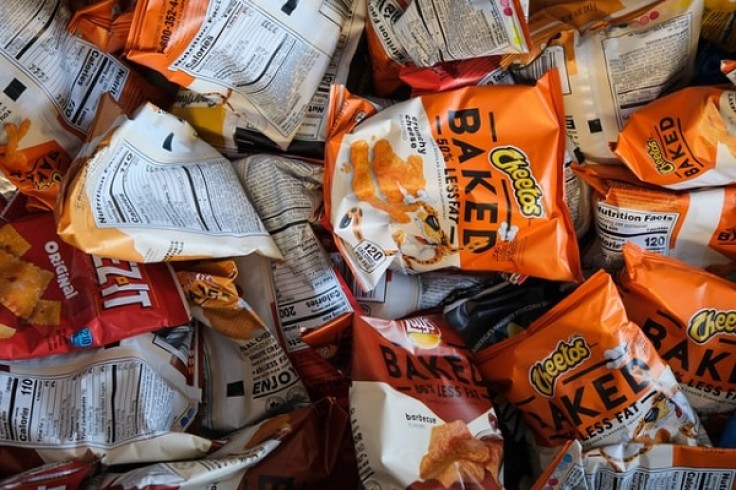
It is vital to choose the right food to eat for you to stay healthy. It would always be best to eat fresh produce without harmful preservatives. However, at times like this, when you have to stock food because of self-isolation due to the coronavirus outbreak, buying fresh goods would be challenging. The food you purchase must have a long shelf life, especially when you must store them in your pantry for a long time.
That is why there are frozen pre-cooked meals. Here are tips on how to choose frozen meals.
Choose Nutrient-Dense Options
A good thing about microwavable meals at present is that they differ from before wherein the meat seemed to have originated from an unknown source with lots of sodium to make it taste like real meat.
Nowadays, there are low-calorie options, vegetarian and vegan varieties, and even organic dishes, said Jordan Mazur, the Coordinator of Nutrition and team dietitian for the San Francisco 49ers. You can rest assured that you are eating healthy without the need for so much time preparing the meals.
Check Nutritional Labels
People know that there are frozen meals that are not healthy. Mazur said that what people look for is food that tastes good to their palate and has nutritional value. His advice is to check first the nutrition labels all the time, starting with the serving size.
He said that most companies would try to trick consumers by indicating the portion size as something less than the entire package. Mazur also added that you should look for meals that contain more vegetables, whole grains, and lean meat.
Furthermore, he said that you should look out for some added chemicals or preservatives that are hard to pronounce and try to avoid them.
What to Look for in the Label?
Mazur suggests that you opt for those that contain more than 5 grams of fiber and more than 10 grams of protein, with less than 600 milligrams of sodium and less than 5 grams of saturated fat.
The number of calories would differ per person, but in general, choose the ones containing 350-500 calories per meal. For those trying to lose weight, choose the lowest caloric content. Check also the fat content and opt for those that have 30% or less.
Some labels claim that they are "vegetarian", "gluten-free", "baked", or are "organic" so you may think that they are the healthier ones. It could be the case; however, it would still be best to read the entire nutrition facts to be sure.
Read nutritional label at all times.
Tips for Selecting Frozen Foods
If you have more time to prepare your meals, there are also frozen foods in the market. Here are some tips when buying frozen fruits, vegetables, fish, and seafood.
Fruits and Vegetables
- Choose vegetables without cheese, sauces, and rice or pasta. Just add your own for more portion control.
- Beware of seasoned vegetable because they may contain more sodium
- Choose fruits without syrup or sugar

Fish and Seafood
- Avoid buying fried or breaded seafood because they may be deep-fried in lots of oil.
- Read the label and look for those with minimal sodium and sugar content.
- Buy seafood with low mercury content. Some of them are salmon, trout, tilapia, catfish, sole, shrimp, and oysters.
